What is a primer in DNA sequencing?
A short piece of double-stranded DNA that binds to the template DNA and acts as a "starter" for the polymerase.
A short piece of double-stranded DNA that binds to the primer and acts as a "starter" for the template.
A short piece of single-stranded DNA that binds to the template DNA and acts as a "starter" for the polymerase.
A short piece of single-stranded DNA that binds to the polymerase and acts as a "starter" for the template.
Correct Answer : C
A primer is a short single-stranded DNA fragment used in certain laboratory techniques, such as the polymerase chain reaction (PCR).
In the PCR method, a pair of primers hybridizes with the sample DNA and defines the region that will be amplified.
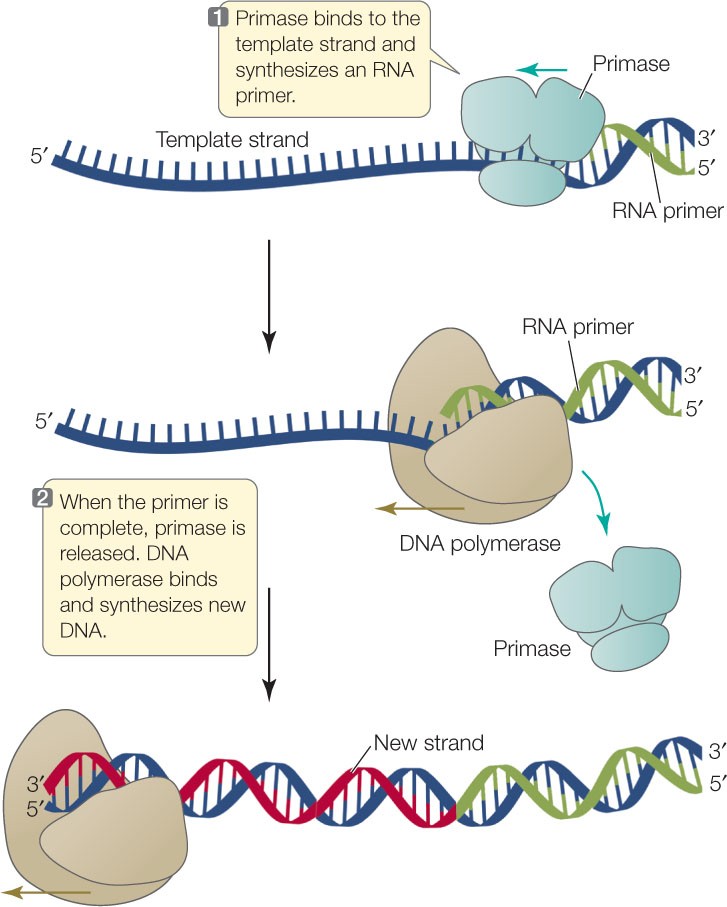
Choice A) A short piece of double-stranded DNA that binds to the template DNA and acts as a “starter” for the polymerase is incorrect because primers are single-stranded, not double-stranded.
Choice B) A short piece of double-stranded DNA that binds to the primer and acts as a “starter” for the template is incorrect because it does not make sense for a primer to bind to itself.
Choice D) A short piece of single-stranded DNA that binds to the polymerase and acts as a “starter” for the template is incorrect because primers bind to the template DNA, not to the polymerase.
Note: DNA primers are used instead of RNA primers in DNA sequencing and PCR because DNA is more stable, specific, and compatible with the enzymes and processes involved in these techniques.
TEAS 7 Exam Quiz Bank
HESI A2 Exam Quiz Bank
Find More Questions 📚
Teas 7 Questions: We got the latest updated TEAS 7 questions
100% Money Refund: 100% money back guarantee if you take our full
assessment pass with 80% and fail the actual exam.
Live Tutoring: Fully customized live tutoring lessons.
Guaranteed A Grade: All students who use our services pass with 90%
guarantee.
Related Questions
Correct Answer is C
Explanation
Diffusion.
During hemodialysis, waste products and excess fluids are removed from the blood by diffusion 1.
Diffusion is a separation process in which particles that are dissolved in a solution are relocated from an area of higher concentration in the blood to an area of lower concentration in the dialysate.
Choice A.
Active transport is incorrect because active transport is a process that uses energy to move molecules against a concentration gradient.
Choice B.
Osmosis is incorrect because osmosis is the movement of water molecules across a semipermeable membrane from an area of higher water concentration to an area of lower water concentration.
Choice D.
Facilitated diffusion is incorrect because facilitated diffusion is a process where molecules move down their concentration gradient with the help of carrier proteins.
Correct Answer is A
Explanation
Protons contribute to the positive charge of an atom.
Protons are subatomic particles with a positive charge found in the nucleus of an atom.
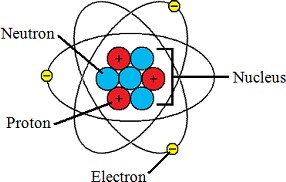 |
Choice B is incorrect because neutrons are neutral and do not have a charge. Choice C is incorrect because electrons have a negative charge.
Choice D is incorrect because nucleons refer to both protons and neutrons, but only protons contribute to the positive charge of an atom.
Correct Answer is C
Explanation
The correct answer is choice C. Substitution.
A substitution mutation is a type of point mutation where one base in the DNA sequence is replaced by another base.
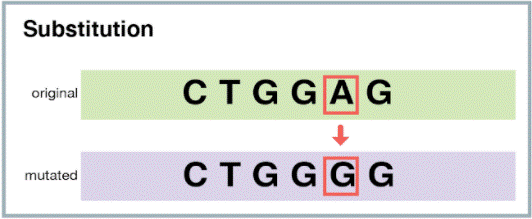 |
Choice A is incorrect because a deletion mutation occurs when one or more bases are removed from the DNA sequence.
Choice B is incorrect because an insertion mutation occurs when one or more bases are added to the DNA sequence.
Choice D is incorrect because an inversion mutation occurs when a segment of DNA is reversed within the chromosome.
Correct Answer is A
Explanation
The normal flora refers to the microbial community that colonizes on the skin and mucus membrane .
Normal flora can be found in many sites of the human body including the skin, respiratory tract, urinary tract, and the digestive tract.
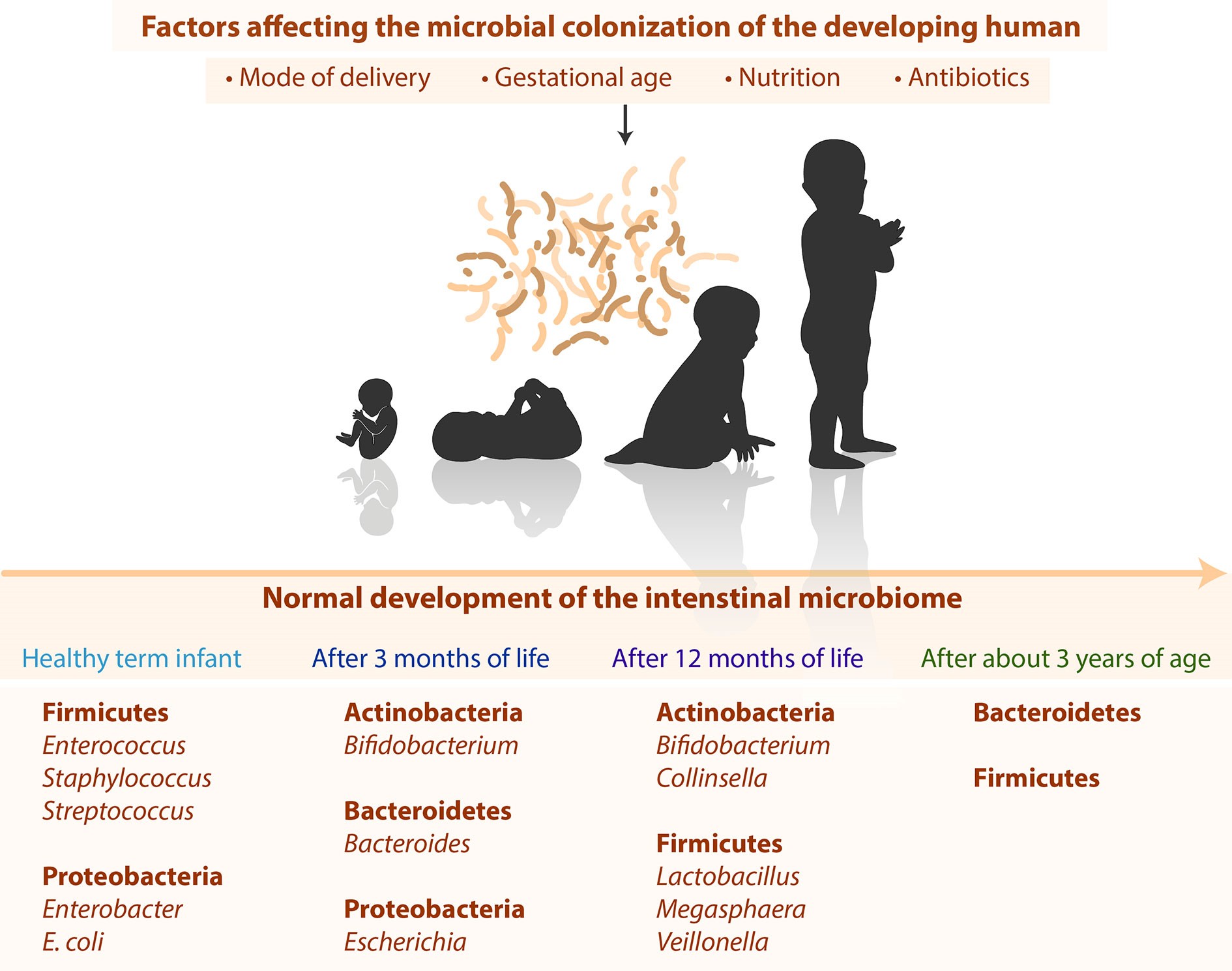
Choice B is incorrect because normal flora does not refer to a group of infectious parasites that cause diarrheal diseases .
Choice C is incorrect because normal flora does not refer to the genetic material of bacteria housed within a true nucleus .
Choice D is incorrect because normal flora does not refer to the protein coat surrounding the viral genome .
Correct Answer is C
Explanation
Natural killer cells.
Natural killer (NK) cells are large granular lymphocytes that are capable of destroying cells infected by viruses or bacteria and susceptible tumor cells without prior sensitization and restriction by MHC antigens.
Helper T cells (choice A) are a type of white blood cell that helps other immune cells respond to infections but do not directly kill infected or tumor cells.
B cells (choice B) are a type of white blood cell that produces antibodies to fight infections but do not directly kill infected or tumor cells.
Cytotoxic T cells (choice D) are a type of white blood cell that can kill infected or tumor cells but require prior sensitization to do so.
Correct Answer is C
Explanation
The correct answer is choice C. Thyroxine.
Thyroxine (T4) is a hormone produced by the thyroid gland that controls your body’s metabolism, the process in which your body transforms the food you eat into energy.
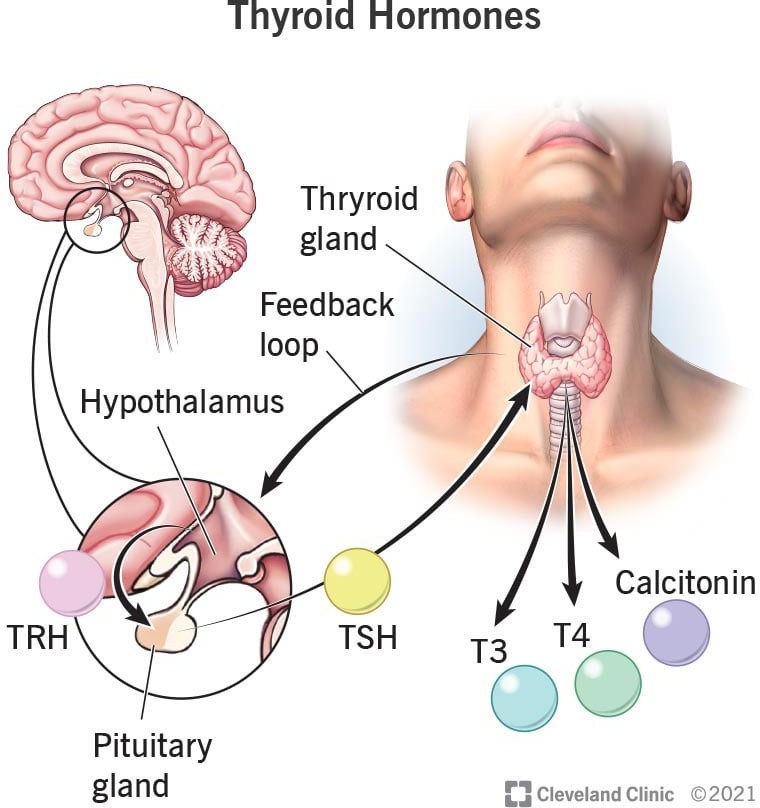
Choice A, Estrogen, is not the correct answer because it is a hormone responsible for the development of female secondary sexual characteristics.
Choice B, Progestin, is not the correct answer because it is a synthetic form of progesterone used in hormonal birth control and hormone replacement therapy.
Choice D, Androgen, is not the correct answer because it is a hormone responsible for the development of male secondary sexual characteristics.
Correct Answer is B
Explanation
Concentration of solute particles in the solution.
Osmosis is the movement of water across a semipermeable membrane from an area of lower solute concentration to an area of higher solute concentration.
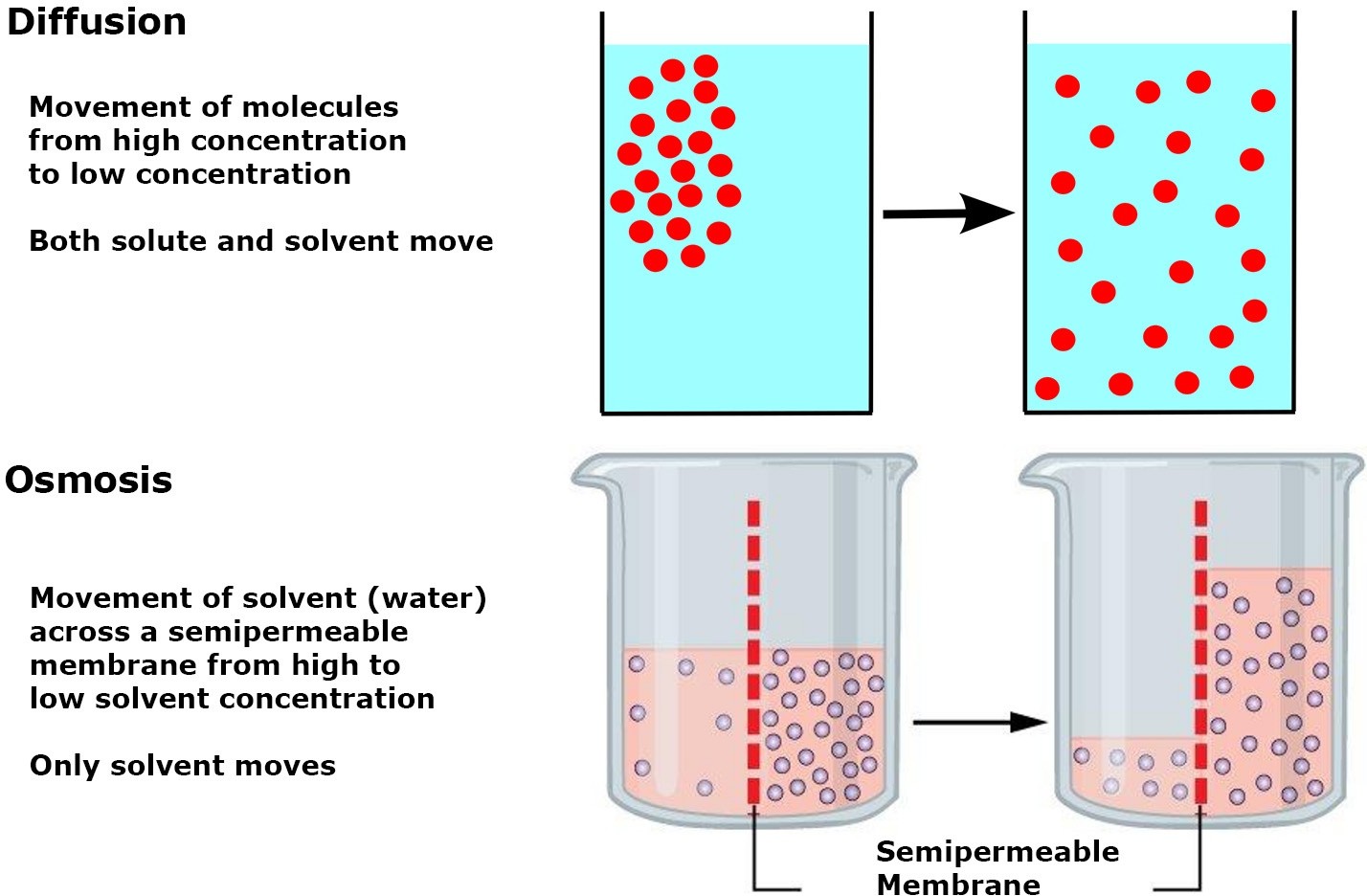
The concentration of solute particles in the solution is the primary factor that determines the movement of water across cell membranes in osmosis.
Hydrostatic pressure (choice A) can affect the movement of water across cell membranes but is not the primary factor responsible for osmosis.
Temperature (choice C) can affect the rate of osmosis but is not the primary factor responsible for osmosis.
Kinetic energy of liquid water molecules (choice D) can affect the rate of osmosis but is not the primary factor responsible for osmosis.
Correct Answer is B
Explanation
The correct answer is choice B.
Maintaining normal body temperature and blood pressure.
Early identification and management of potential organ donors must take into consideration specific pathophysiologic changes for medical optimization 1.
The VIPPS (ventilation, infusion and pumping, pharmacological treatment, and specificities) strategy is a mnemonic method that brings together key aspects of the restoration of oxygen delivery to tissues during hemodynamic instability plus organ optimization strategies.
Choice A is incorrect because administering antibiotics to prevent infection is not the most important intervention to preserve organ viability.
Choice C is incorrect because providing emotional support to family members, while important, is not an intervention that directly affects organ viability.
Choice D is incorrect because applying eye drops and ointment to prevent corneal drying is not the most important intervention to preserve organ viability.
Correct Answer is A
Explanation
Pattern recognition receptors (PRRs) are a class of receptors that can directly recognize the specific molecular structures on the surface of pathogens.
PRRs play a crucial role in the proper function of the innate immune system and are germline-encoded host sensors, which detect molecules typical for the pathogens.
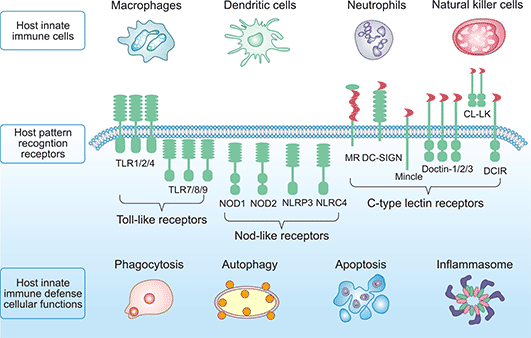 |
Choice B is incorrect because cytokines are not receptors but rather signaling molecules that regulate immunity.
Choice C is incorrect because chemokines are not receptors but rather signaling molecules that attract immune cells to sites of infection.
Choice D is incorrect because T cells are not receptors but rather white blood cells that assist B cells or directly kill infected cells.
Correct Answer is A
Explanation
The correct answer is choice A.
The spleen is an organ in the human body that is responsible for the removal of damaged red blood cells and the production of certain types of white blood cells.
Choice B is incorrect because the kidneys are responsible for filtering waste from the blood and regulating electrolyte balance.
Choice C is incorrect because the pancreas produces hormones and enzymes that aid in digestion.
Choice D is incorrect because the thyroid gland produces hormones that regulate metabolism.
This question was extracted from the actual TEAS Exam. Ace your TEAS exam with the actual TEAS 7 questions, Start your journey with us today
Visit Naxlex, the Most Trusted TEAS TEST Platform With Guaranteed Pass of 90%.
Money back guarantee if you use our service and fail the actual exam. Option of personalised live tutor on your area of weakness.
